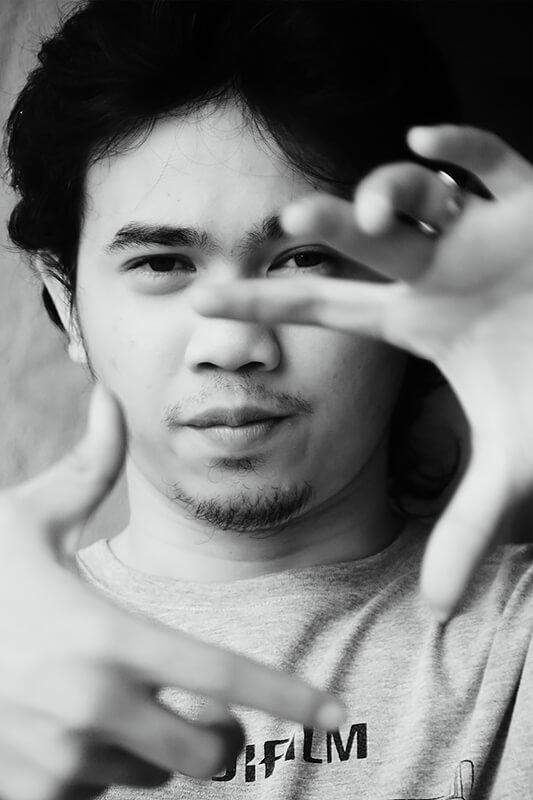My name is Dhiky Aditya, I am a professional photographer in the field of fine art & creative photography. from a country full of diverse cultures and natural beauty, namely Indonesia. I live in the land of Java, and have a Javanese culture, an Islamic religion living in the city of SOLO
I've been working in the world of photography since 2010 until now.on my photography trip, I looked for what I liked best and diligently in photography, ranging from fashion, landscpe, portrait, travel, digital manipulation or creative art photographers.
I have also won several photo or fashion photo competitions in Indonesia, landscape, human, portrait, street & creative photo competitions.
I also got a degree at the Indonesia Photo Salon A.FPSI - one Star,
Merit Medal General Black and white HIPA 2016,
3nd Winer APEC 2016,
2nd Winer National Award creative categori SONY WORLD PHOTOGRAPHY AWARD 2019
